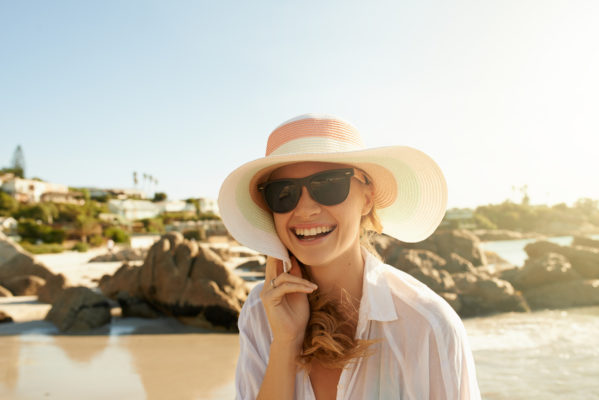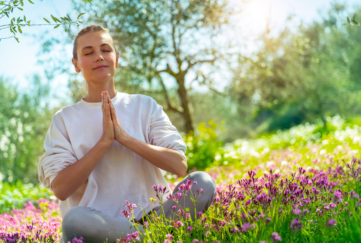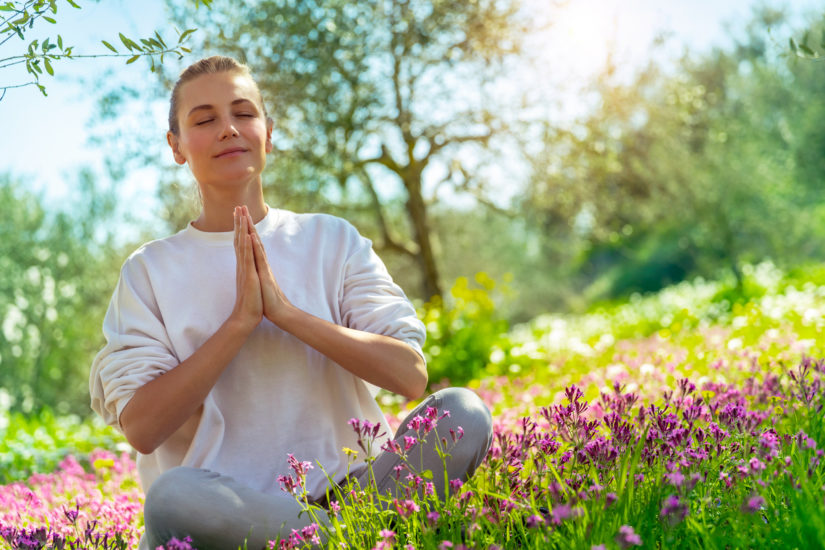How To Safely Enjoy The Summer Sunshine

It’s finally, officially summertime (even if the weather hasn’t realised it yet)!
People all over the UK are already breaking out the beach towels and barbecues. But while it’s great to get outdoors and enjoy the sunshine, we can’t be too complacent about the damage the sun’s rays can cause.
I talked to Dr Anjali Mahto, Consultant Dermatologist and British Skin Foundation spokesperson, who was keen to help you protect your family this summer.
Busting The Myths About Sunshine
Myth: “I can’t get sun damage on a cloudy summer’s day.”
Fact: Even if you can’t see any blue sky, a significant amount of UV rays can still get through the clouds. It’s best to apply sunscreen if you’re out and about during the summer.
Myth: “I can’t get sunburnt in the UK, the UV rays aren’t strong enough.”
Fact: Wrong! Always protect your skin, even in the UK.
Myth: “My sunscreen says it’s water resistant, so I don’t need to reapply regularly.”
Fact: Despite what the packaging promises, swimming, sweating, rubbing or towelling down means you will end up removing the sunscreen from your body. Always reapply after sporting activity, or at least every two hours.
Myth: “My skin is only damaged if it turns red.”
Fact: Sunburn and skin peeling is the extreme end of skin damage from UV rays. When the skin “tans”, this is damaging your skin and putting you at risk of skin cancer in the future.
Myth: “I can’t get sunburnt through windows.”
Fact: Wrong! UVA radiation can penetrate glass. This can be a car window, or even your windows at home. Be sure to protect your skin if you’re on long car journeys, or spend a lot of time sat by sunny windows.
Myth: “SPF25 is half the SPF protection of SPF50.”
Fact: SPF50 does not offer twice the protection as SPF25, even though it offers a higher level of protection

iStock
Picking Your Sunscreen
When choosing a sunscreen, look for a high protection SPF (SPF 30 or more) to protect against UVB, and the UVA circle logo and/or 4 or 5 UVA stars to protect against UVA.
Ensure you apply plenty of sunscreen 15 to 30 minutes before going out in the sun, and reapply every two hours — and straight after swimming and towel-drying.
Protect your skin with clothing, and don’t forget to wear a hat that protects your face, neck and ears. Make sure you spend time in the shade between 11 a.m. and 3 p.m. when the sunshine is at its strongest. Always keep babies and young children out of direct sunlight.
You Missed A Bit!
According to Dr Mahto, there are several spots people commonly miss when applying sunscreen. Be sure to apply to:
1. Eyelids
2. Back of knees
3. Ears
4. Scalp and hair
5. Lips
6. The chest
One way to avoid missing areas may be to apply sunscreen before getting dressed.
Other common mistakes include:
- Not choosing the right sunscreen for your skin type. Many are greasy and unsuitable for oily or acne-prone skin, which require lighter formulations.
- Those with olive or pigmented skin often think they don’t need sunscreen. Skin of colour is also sensitive to damage caused by UV, and requires protection.
- Not using enough sunscreen. The average-sized adult should apply more than half a teaspoon of sunscreen (about 3ml) to each arm and the face/neck, and just over one teaspoon (6ml) to each leg, the front of the body and the back of the body. Use about a quarter of a teaspoon for the face.
- Incorrect layering of products on the face. Moisturise first, then apply sunscreen afterwards, followed by make-up if you choose.
- Using expired products. Remember that sunscreens lose their potency over time.
Following Dr Mahto’s advice will definitely ensure you have (safe) fun in the sun!
Catch up on the latest health advice every week in “The People’s Friend” magazine, or on our health pages here.










